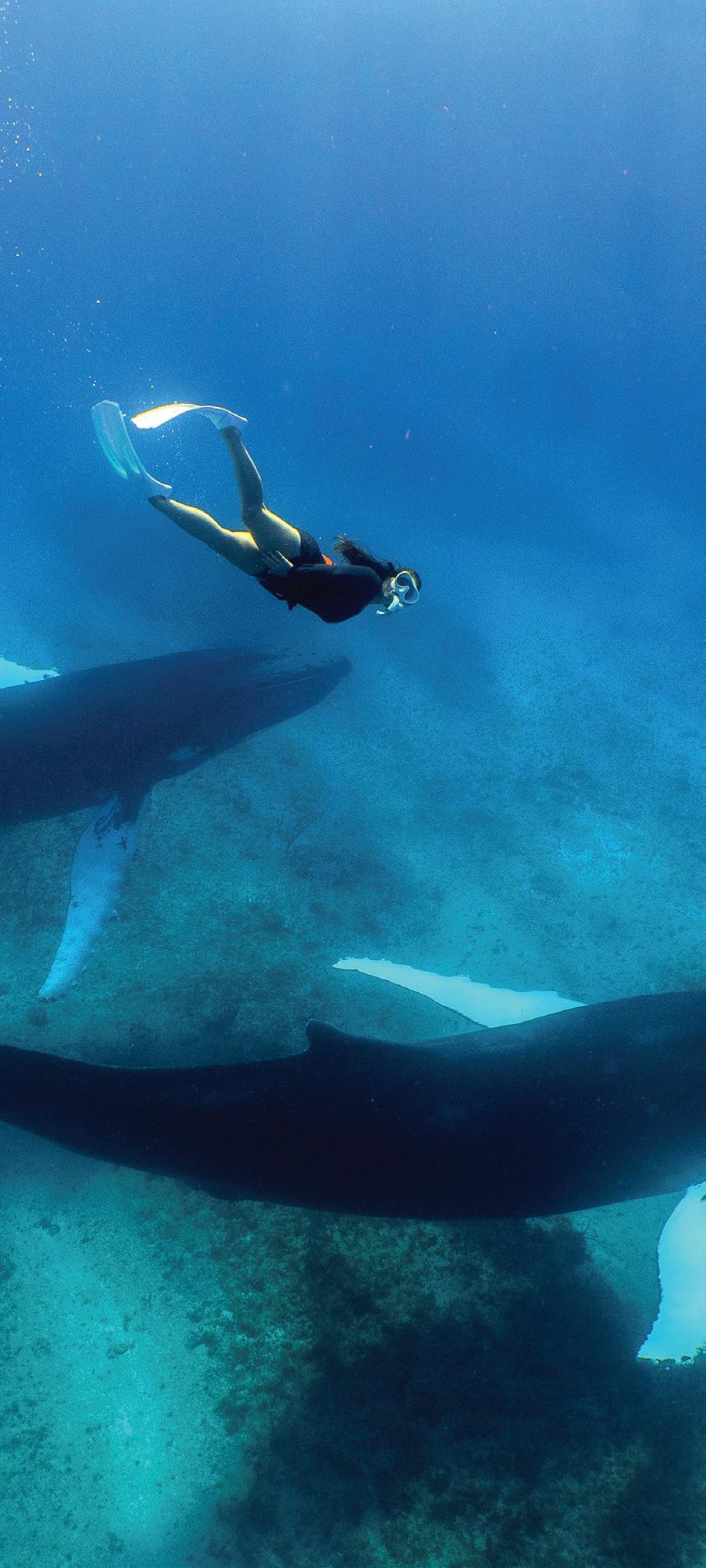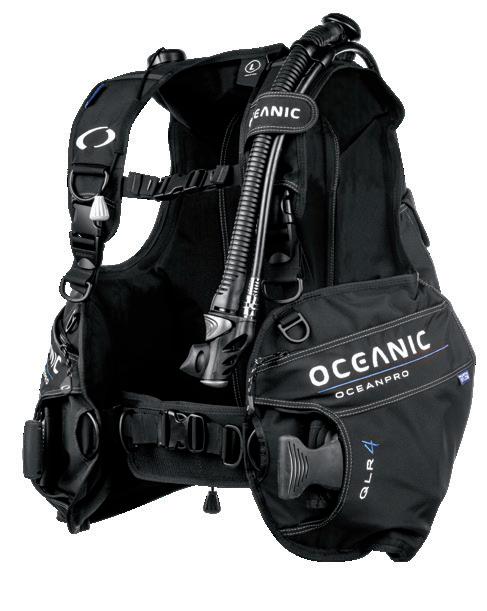
5 minute read
Underwater archeology courses. What for? For whom? How?
Underwater archeology courses
WHAT FOR? FOR WHOM? HOW?
Advertisement
Text MATEUSZ POPEK
Photo Marcin Trzciński
What do we do when we find an ancient-looking object underwater? How to secure it? Should it be removed or not? Whom to report it to? What is legal and what is not?
Divers sometimes face these and many other dilemmas during their underwater adventures. While sensitivity to the environment and ecology is drilled into us already during basic training, when the instructors teach us we are not supposed to touch plants or animals, awareness of existing threats for the cultural heritage is totally ignored. At no stage of a basic course nor during further stages do divers learn anything about underwater archeological relics or how to act if you encounter one. Remember however, that this is our heritage, even though it is deposed underwater, and it should be as important for us as castles or paintings in museums! Fortunately, some federations and scientific centers offer courses and training programs for divers, spreading awareness about what to do and how to act if you encounter an underwater archeology item. In Europe, there are underwater archeology courses for divers offered by CMAS and PADI. Additionally, some European research centers also offer training branded by the Nautical Archaeology Society. Yet this is not the only way to learn about underwater archeology for divers. There are also some universities and research centers that offer so-called “field schools”, where during regular archeolog-

Photo Marcin Trzciński
ical research participants are acquainted with the underwater archeologists’ methods of work. When choosing an underwater archeology course, pay particular attention to the lecturers and the training program. The instructors should have an archeological background and appropriate licenses, as well as documented experience and practice in underwater archeology. Experience and competencies of the research scientists, as it is them who should teach during such courses, consist of years of research and field work and the number of persons already trained. Scientific skills are measured with the quality and quantity of research papers. Nowadays, you can browse such papers in services like Academia.edu or ResearchGate, where scientists share the results of their research on their profiles. Another thing to consider is the curriculum of the course. Note that the course is not supposed to make us into an underwater archeologist (there are separate university studies for that) but rather prepare us for potential contact with any relics found during recreational diving. Every training program should start with underlining the importance of underwater archeological heritage for modern people. Another crucial aspect is the legal situation in a given country. Note that regulations regarding underwater relics differ based on our location. Only after such an introduction can we proceed with more practical issues. One of the most basic skills to acquire during the course is to be able to secure a relic and to localize it. So that it is easy to find again after reporting to the relevant authorities. Another topic to be covered should be the types of underwater archeological sites and their identification, so that the participants are able to correctly identify the objects they come across.



Photo Marcin Trzciński

In Poland, one of the centers offering such training, both as courses and as a “field school”, is the Underwater Archeology Center of the N.Copernicus University in Toruń. The unit has been conducting research and providing training for underwater archeology students for almost 40 years.
Then, it is time for a field session. At this point, the course program should focus on techniques of identifying and securing underwater archeological objects. The participant should learn to recognize the area around the artifact in order to see whether there are any similar objects around. Then, the instructor should demonstrate how to secure and safely mark such area so that it is possible to return to the same place after reporting it to the competent authorities. Course programs vary depending on organization. PADI offers a single-stage course, focusing on the essential aspects of underwater cultural heritage. With CMAS, the course consists of two levels. The first level focuses on a similar program as above, while during the second one the participants acquire skills required for working with professional underwater archeologists. In the case of the Nautical Archaeology Society branded courses, there is a five-stage training program ranging from “Introduction”, to teach you about what cultural heritage is, to “Part 4” where the trainees are designing their own research project. In Poland, one of the centers offering such training, both as courses and as a “field school”, is the Underwater Archeolo-
gy Center of the Nicolaus Copernicus University in Toruń.
The unit has been conducting research and providing training for underwater archeology students for almost 40 years. The staff consists of research scientists with expertise documented both by their field work and numerous research papers,



Photo Marcin Trzciński
the contents of which are presented in an accessible manner during such courses. The center runs courses in the two-stage CMAS system, addressed mainly to recreational divers. During the first stage, the participants learn about the abovementioned topics. The second stage additionally features documentation techniques and field prospection methods. The second stage is sufficient for the participant to join research conducted by professional underwater archeologists. The other form of the course, the “field school”, is primarily addressed to Polish and international archeology students. During such training, students participate in underwater research, at the same time gaining skills used during such activities. To date, the NCU’s Underwater Archeology Center hosted students and research scientists from many European centers. To sum up, remember how important underwater cultural heritage is for our history and identity. During underwater adventures, we can encounter some of it and it would be nice to know how to act. This is where underwater archeology courses come in handy. Note however that, like with choosing a good diving instructor, also in this case it is important to take into account the professional approach and the expertise of the lecturers.
ADVERTISEMENT
NEED A DIVE BUDDY?
OCEANIC IS BUILT FOR ADVENTURE. ARE YOU?







